We didn’t always have an extensive RV solar array. This is our report about frequently making RV electricity with and without solar or lithium batteries while camping for the last seven years. As full-time RVers, we know what works and what doesn’t. I’m sure you know that not everything works all the time.
For the first year, we camped with lead-acid batteries without solar panels. We only recharged our batteries when running our generator or plugged into shore power. Only charging when hooked to a generator makes RV electricity the hard way. We didn’t ruin our batteries or live without electricity. It was a fun but challenging learning experiment. This story will explain how our RV solar and lithium battery upgrade progressed over seven years.
Table of Contents
We have seven years of making our own RV electricity.
We are full-time travelers and frequently camp without outside electrical service. Large RVs are not intended for camping outside RV Parks. It has taken multiple years to make enough changes to make our luxury RV electrically independent. You can call this our seven-year progress report. You can expect me to tell both the good and bad about our experiences with solar energy to make electricity for your RV.
Year one
Unlike many RVers who only go from RV park to RV park, we always prefer to camp without being in an RV park. Being in an RV park doesn’t appeal to us. Some call it boondocking; others call it dry camping. We choose to avoid RV parks; instead, we camp in more rustic (wild) settings. We frequently camped and only made RV electricity with our generator to recharge our lead-acid batteries. During this year, we frequently had to run our generator for multiple hours a day, and looking back on it, we frequently failed to charge our batteries completely during the first year. I’m surprised we didn’t kill them.

Tortured batteries
Unknowingly, we made RV electricity the hard way, which could have ruined our RV batteries. Frequently undercharged batteries die early deaths. We only ultimately charged our batteries when we went to RV Parks, and we got away with it. Failing to recharge lead-acid batteries fully is a horrible idea. How did we know they were chronically undercharged? We learned later, and in a little bit, I will tell you how we know we tortured our batteries and how you can avoid undercharging your batteries.

I hope you understand that running your generator to charge lead-acid batteries makes RV electricity the hard way. The key was to run our generator frequently, and since we had lead-acid batteries that resist charging, we frequently only charged them to about 90%. Failing to recharge our lead-acid batteries fully was a colossal mistake, but we got away with it. I will dig deeper into this subject later when I tell you about battery monitoring.
For the second year
In the second year, we added solar to our lead-acid batteries. Could we make our own RV electricity without running our generator? Yes, it worked. During the first two years, we learned a lot about RVing without extensive power. Our RV was pretty energy efficient, and the refrigerator would run on electricity or propane. During our first year without solar power to augment our energy use, we made RV electricity the hard way with our generator and stored it in our lead-acid batteries. We recharged our batteries frequently during the second year, only using our solar panels. Yes, it is possible, but you have to be careful.

Analysis and results after installing solar
We tortured our lead-acid batteries to prove that a functional, effective solar array could charge them. We camped multiple times for weeks without being hooked to the electrical grid. The batteries survived the torture because we carefully monitored them.
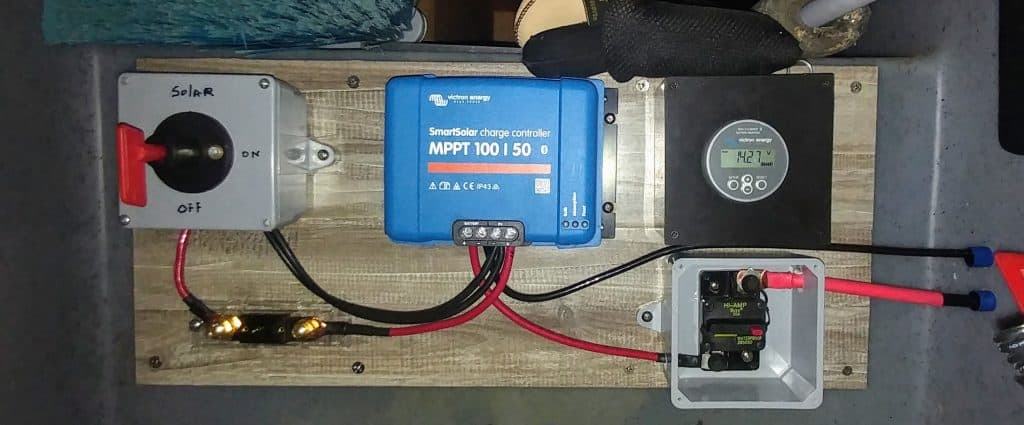
Even after installing solar panels, we continued using our lead-acid batteries, torturing and frequently undercharging them. Perhaps the largest difference during the second year was that we knew we were undercharging the batteries and knew how to charge them properly because we had a battery monitor.
You need a battery monitor.
Every RV rolling off the assembly line should have a battery monitor. The lack of a battery monitor is an example of where RV manufacturers cut corners to increase profits. Without a battery monitor, you are merely guessing about your batteries. Volt meters are not a substitute for a battery monitor. A battery monitor is the most critical component in any RV electrical system. Without one, you don’t know your batteries’ charge level. Here is a link to my article about the battery monitor. A Battery monitor is the most critical part.
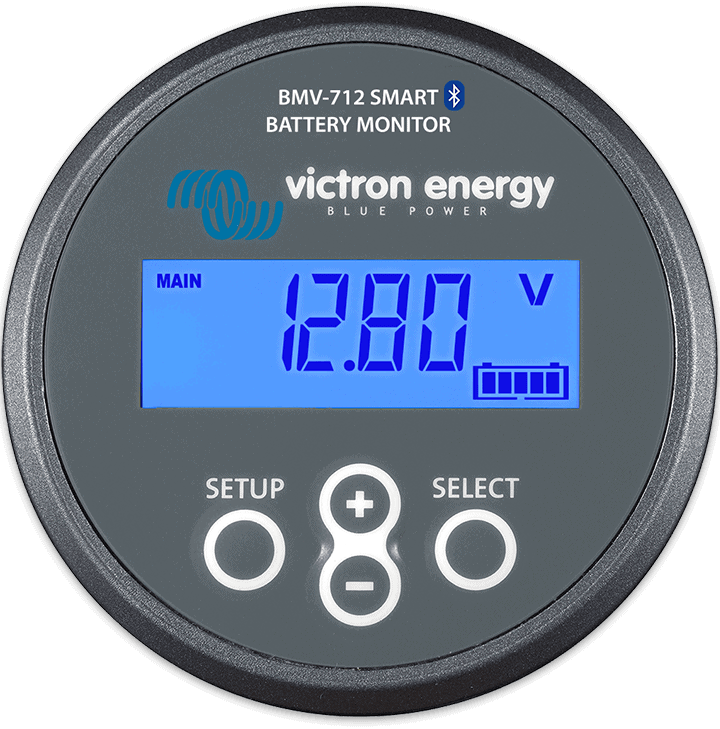
During this year, I learned that knowing battery capacity was more important than solar panels and that solar panels are just an alternate charger for your battery. Still, having solar panels enabled us to cut our generator use to almost zero during the summer (assuming we were camping where the temperatures were mild). Here is a link to one of the beautiful places we camped in, West Yellowstone, and never had to run our generator. We were there for two weeks making our own RV electricity. West Yellowstone

In 2020, we started over.
In 2020, we changed RVs and started over again. This year, we got an even bigger RV with much higher power demands. Our new (to us) RV had lead-acid batteries that were woefully inadequate to run our RV when camping without electrical hookups. We knew starting on the first day that our lead-acid batteries would never hold enough electricity to power our luxury RV.
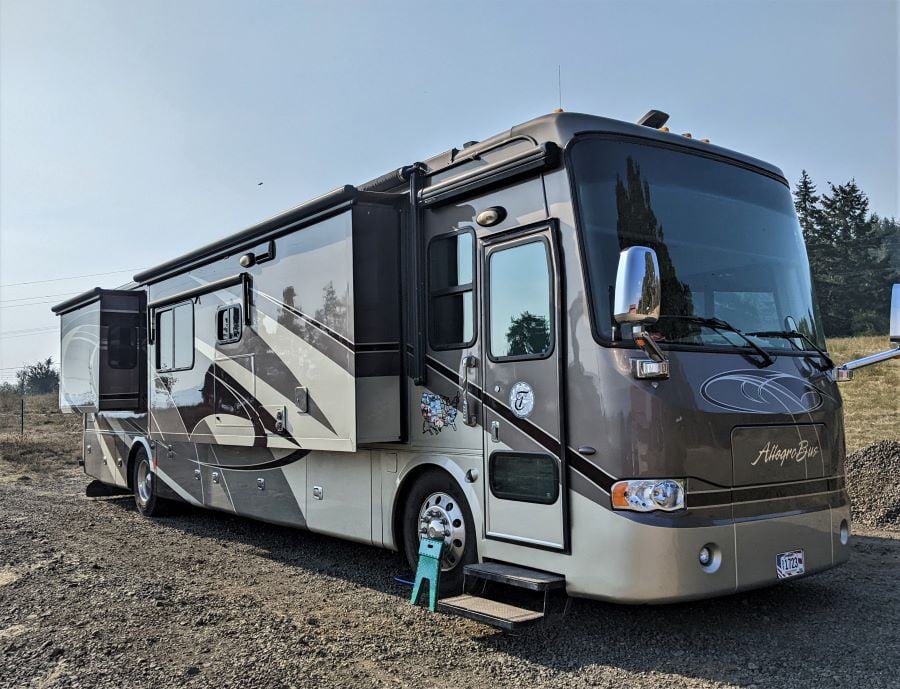
The twelve-year-old solar panels didn’t work. They probably never worked and were woefully undersized. Our refrigerator and inverter consumed most of our battery power and discharged the battery in about four hours. Then, we would have to run our generator and recharge. Recharging every four hours was never going to work for us.

In the previous two years, I learned how to operate our RV using our batteries. However, our previous RV didn’t have a residential refrigerator, and our new RV was a power hog. I knew we would have to fix the battery issue, and I had a plan from the beginning.
My RV battery design goals.
I wanted a battery bank with enough capacity to operate for an extended period (at least 24 hours) without recharging and without external power or solar energy. I also wanted to use my air conditioner occasionally without running my generator, using only battery power. We achieved both design goals.

We first upgraded our battery system to lithium (before adding solar panels) and measured our actual electrical needs for a whole summer before adding the solar panels. Once I upgraded our batteries to lithium, I could store more power than we would use. My goal was to live normally for at least two days without recharging. Only after knowing whether or not we had enough battery capacity did I add solar panels to help with the recharging.

We could only fix it using lithium batteries.
Our old lead-acid batteries were strong but never able to carry enough electricity to make our RV capable of camping off-grid. The design came from a different era. We wanted at least three times the electricity that these batteries could deliver.

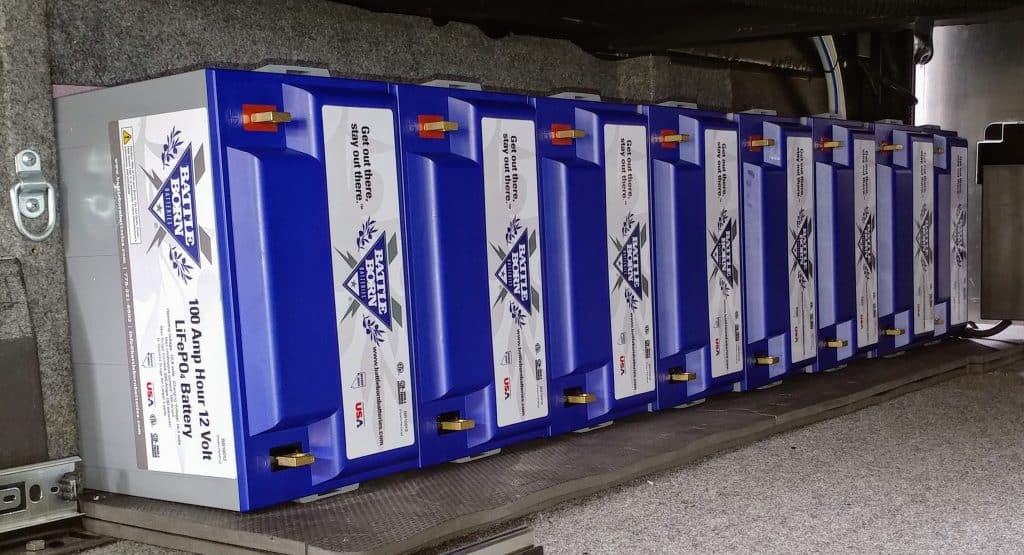
My design estimate is that if we made the electricity with the generator, our battery bank would carry our RV for over two days without recharging. I couldn’t carry enough lead-acid batteries to make my system work. I am glad that my design worked. I aimed to operate our air conditioner for a few hours with only the electricity in our batteries. One winter in Key West, we were the only RV camping without outside electricity, and we had enough battery storage to run our air conditioner overnight without outside electricity. Win!
Our huge battery system
So, in the spring of 2020, we installed a huge lithium battery bank, which provided more than 900 amp hours of usable electricity for our RV. Our huge battery bank did the trick. You can read about it in these posts.
The battery design proves to be effective
During the winter of our third year, we installed a large solar array with enough capacity to recharge our batteries fully daily, replacing all the electricity we used overnight and living normally. How many solar panels did we need? Rather than guess, we spent an entire month in the summer of 2020 camping without outside electricity and making our own RV electricity with our generator to find that answer. Could we dry camp only using our generator and lithium batteries? We need to know this answer before we design our solar array. The answer is yes, and here is a link to our month-long test results. RV Boondocking Without Solar

Even though I thought I could fit 24 Zamp Obsidion solar panels on the roof of my RV, I limited the array to 18 panels because I thought 18 panels would carry the load. I still envy the possibility of a 24-panel system, but it rarely would be necessary. Overall, I was correct 18 panels was a good number and not overkill for our RV electrical needs.
Here are a couple of links describing our solar panel installation.
You have too many solar panels on your RV!

Testing our lithium battery system with our solar array
I made the final connections between our lithium battery system and solar array late in the winter of 2020. I started using it for our trip across the southeast, eventually arriving in Key West. Eight months after putting in the battery bank, I finally had a large solar bank to charge the battery. In 2021, we crossed Texas, still in the winter, and then spent the summer in Tennessee, Virginia, and North Carolina before turning south to Key West in Florida. Here is a link to how our RV solar array and lithium batteries worked during an extended camping stay, making our own RV electricity in the Smokey Mountains. Extended RV Dry Camping — twelve days on solar
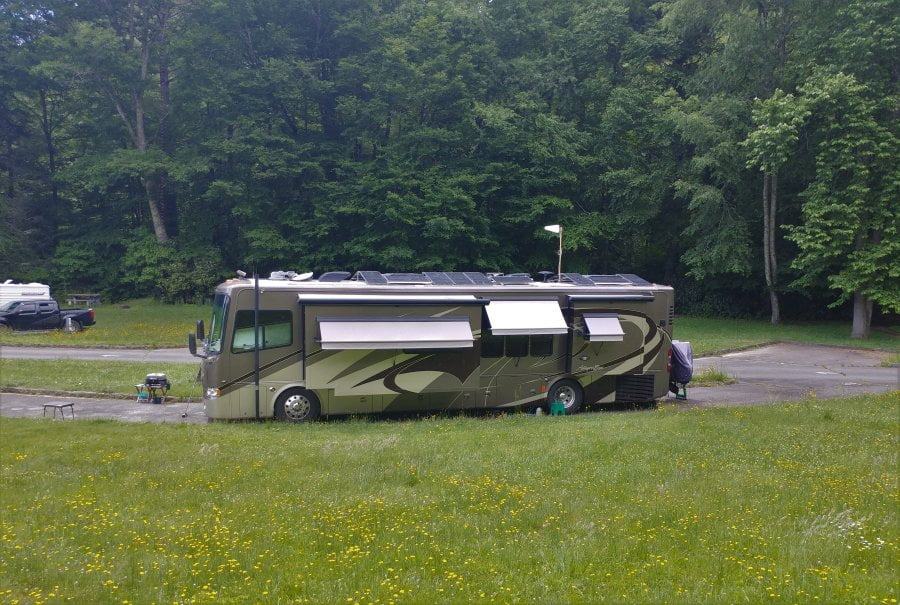
Could we operate our RV air conditioning using only our battery bank?
The answer is yes, and we proved it repeatedly while we were in Key West for the winter of 2021-2022. Even in the winter, Key West was still hot (and muggy). I already knew from previous tests that the solar array could not make enough RV electricity to keep up with the electricity consumption of the air conditioner. But the battery bank was ample to power our air conditioner while sleeping. The solar array went a long way toward replacing all the electricity consumed overnight. Here is a link to the analysis. How did we live on Solar when at Key West?
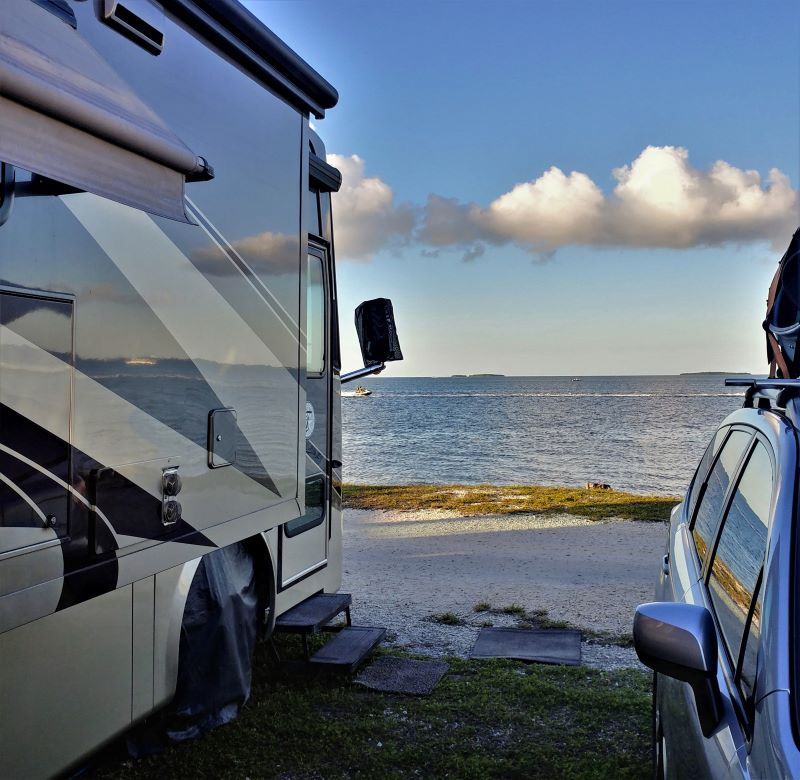
What we learned during the last seven years about making your own RV electricity
We didn’t know if our batteries were the correct size or if our solar array was adequate until winter 2021. The result is that we had an amply-sized RV electrical system. Even if I had put 24 solar panels on my roof, I still would have to occasionally run my generator (making RV electricity the hard way) to recharge my batteries.

The first takeaway is that in anything you do with lead-acid batteries, you are making electricity the hard way. Second, it is even more challenging if you are trying to charge your lead-acid batteries with only solar. Lead-acid batteries resist charging, and the closer they are to full, the more they resist. This is RV electricity the hard way. Even if you have a huge solar array, if you are trying to charge lead-acid batteries, you will be wasting most of the energy that hits the panels. This is RV electricity the hard way.
How to make RV electricity is the easiest way.
So, what is RV electricity the easy way? Combine a big battery bank with an ample solar array, and you will make electricity as easy as possible. If (it proved true) we could camp for more than 24 hours only using the electricity in our batteries, then we sized the battery bank correctly for this sizing intent. If we could also use our air conditioner operating from our batteries for an extended period, this would prove our battery bank was sized for full-time RVing.

How has the RV electrical system held up over the years?
Since we installed the batteries and solar charge controllers, we have had two problems in the last three years: Both issues were electric, and we found the first one before we installed the solar panels. The other thing to know is that the first problem was 100% my fault. I will cover the second problem, a faulty circuit breaker, in a minute.
The main battery disconnect switch
I failed to tighten the positive 4-0 cable on my main battery disconnect switch sufficiently. After bouncing down the road hundreds of miles later, the connection loosened. Since we were running our air conditioner from our battery bank (large load), the resistance caused by the loose connection created enough heat to destroy the disconnect switch.

The solar panel circuit breakers
One of my two solar panel circuit breakers occasionally shuts off solar charging without notice. After troubleshooting, I found that this circuit breaker probably had an internal failure and didn’t like vibrations while we were driving.

RV electricity Q&A
We have the answers if you have questions about RV solar, batteries, or RV electrical systems. The “Our RV Solar Series” has more than 22 articles on RV solar, covering nearly every aspect of RV solar. If you have any questions about any of the articles, let me know, and I will gladly answer them personally or add them to the series.

How can one lithium battery do the job of four lead-acid batteries?
My RV electricity system is designed around my RV, and the easiest way for me to change the electrical system was to keep the alternating current part of my RV electricity separate from the direct current part of my electrical system. I describe the system in these two articles:
Can one lithium battery replace four lead-acid batteries?
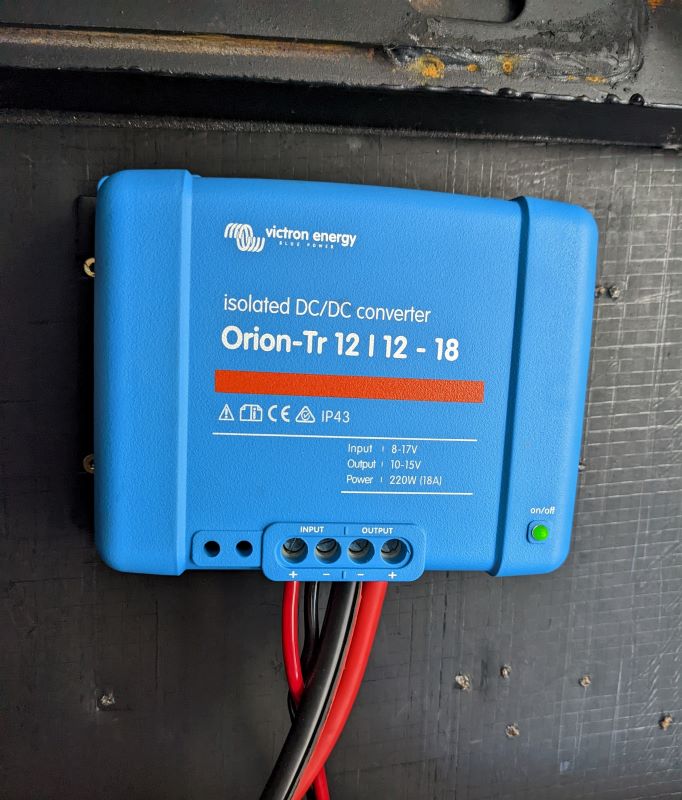
Critical things to understand about your lithium batteries
I frequently see questions from people who do not understand RV electricity and lithium batteries. Even today, most people don’t understand the differences between lead-acid and lithium batteries, so I wrote this article discussing lithium battery myths.
Ten Lithium Battery Myths and Answers
How do you know when you are doing a good job both designing and using your system?
The answer is simple: we measured power in and out several times daily. Here is a link to our measuring tool. Battery Monitor
Please subscribe and join us on our journey.
We will add you to our email list and send you updates once a week. Here is a link. Subscribe
About our links
As you know, our blog income is zero, which allows us to be independent and tell the truth. We do not get income or commissions. No, we don’t make paid endorsements. We don’t make recommendations; instead, we will tell you what we like (or dislike). The links are only provided as a quick reference to help our readers.
Links
Lion Energy UT1300 Lithium Iron Phosphate Batteries
Battle Born BB10012 Lithium Iron Phosphate Batteries
Magnum 2812 Inverter Converter (charger measured at 125 amps per hour)
About Comments
We love seeing your comments, but they are not automatic. I get about twenty spam comments every day, and thus, I have to turn off automatic comments. I read and then publish every comment personally to protect the blog and keep it on the subject and real. So this means that you will not see your comment right after you hit submit. Sorry for the delay in publishing your comments. Please know that we would love to hear from you.


I sure look forward to your post every week. I feel like it’s my knowledge lesson for the week. you’re just amazing and I thank you that I’m included to learn about it.
Excellent article! ln “RV Electricity the Hard Way, without solar or lithium” you mentioned that before having solar or lithium you charged with a charger when on generator or shore power. Did you use a special charger or just a smart converter normally on RV’s?
Just the inverter/converter built into the RV. On my previous RV, it was painfully slow. I was very happy with the charge rate of our Magnum inverter/converter which occasionally hit 110 amps per hour.
The biggest problem that most people face and then fail is they don’t complete the float cycle on lead acid batteries. Most believe that float indicates that they are full. Nothing could be further from the truth. When they finish the float cycle then they are full. The float cycle starts at about 90% and then takes as much time as the bulk and absorb cycles combined.
Hi! Hey are you still using your lion batteries or have you completely gone to Battleborn. I went back through your posts but am still unclear what you battery bank is currently made of? 900 amp hours of battle born or is there more? Just trying to catch up.
I ended up with 900 amp hours of battle born batteries in mine and a year ago my last upgrade was replacing and upgrading my inverter to a much more robust designed Gandel 4000 watt inverter. Its uses DC to DC conversion before changing the power to pure sine wave which made it much more compact with much lower stand by power consumption.
I even have pictures of me showing that charging my Tesla from my RV solar and battery array is actually rather easy.
I have eight Battleborn batteries (800 amps) dedicated to the Alternating Current side of the system and one Lion Energy (100 amps) battery running the DC system.
The Lion Energy battery gets power from either the engine or the DC-to-DC charger and is full 99% of the time. It also acts as a backup battery in reserve so that I can start the generator if (as has happened) I completely deplete the big battery bank.
Good Article, Scott – my 2008 Allegro Bus 42QRP is also an energy hog.
We have 1600W of solar and 800Ah of Lithium, but I still struggle to run the A/C unit for more than a few hours. The Residential Refrigerator is a large power hog.
Plus, there are other phantom loads that combined can be significant. With the advances and decreasing prices of Lithium Batteries, I wish I would have gone different with my Lithium set-up, but it was the best at that time.
I hear you, Nick; teaching a luxury RV how to be a camper isn’t an easy process. One of the phantom loads is the inverter, which converts DC to AC, which alone can consume 20% of your battery power. No free lunch is a true statement in RV electricity.
Thanks for sharing. Sounds like some very interesting problems with some excellent solutions. Keep up the good work & HAVE FUN.
Scott, this was clearly a long and trying project. The subject-matter involved applying a very complex, difficult, leading edge technology, science, engineering and the peculiar context of RV living. You deserve recognition for the patience, persistence, and methodical approach that characterizes your efforts. Well done! There are a lot of us out here that will benefit from the wealth of information your articles provide.
Pingback: Are small solar panels useful? - FoxRVTravel